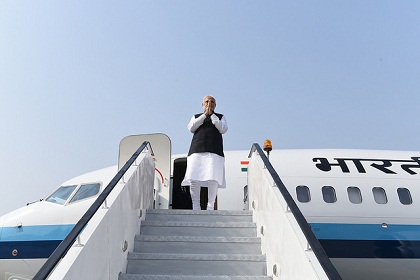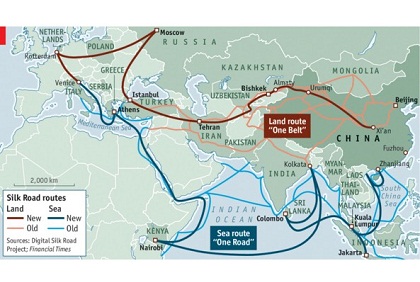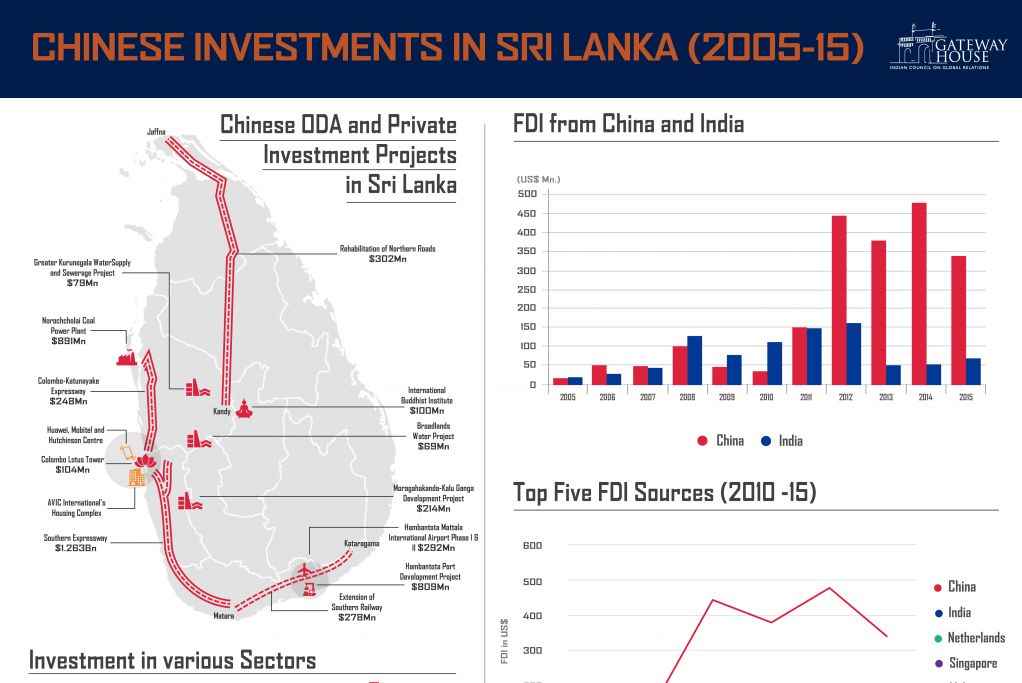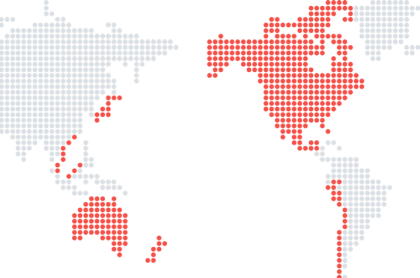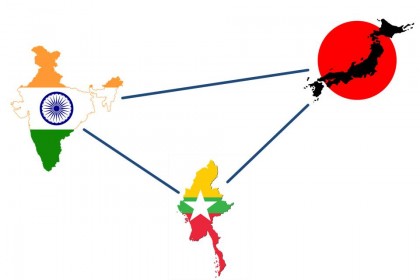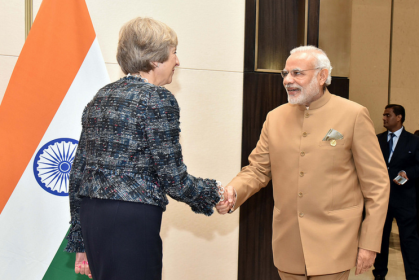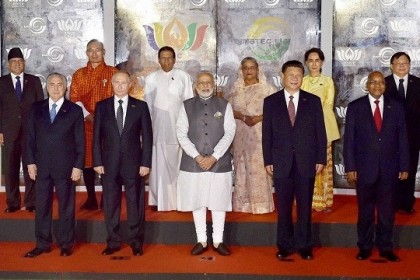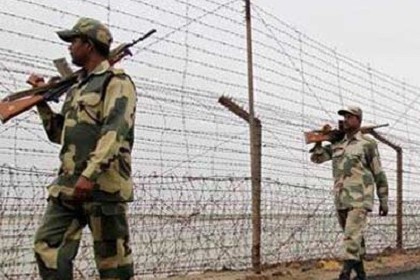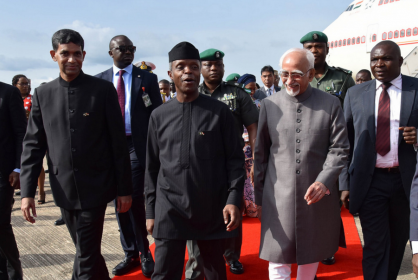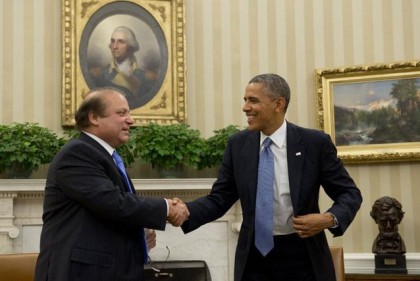The Arthashastra in Modi’s India
In Modi’s worldview, bolder than that of his predecessors, India has a bigger place than envisaged before. Consonant with this, the prime minister’s foreign policy mirrors the Arthashastra’s emphasis on pragmatic and intelligent use of power, informed by knowledge and the larger cause of the people. Has it been successful so far?

